
The COVID-19 Pandemic and Its Lessons
Public health, with its goals of preventing disease, promoting health and prolonging life, comprises a complex system affecting almost every facet of life, both in health and disease. Because its activities are population-based, most of its work remains in the background, out of sight and many times out of mind—until a public health crisis occurs. COVID-19 was a perfect storm.
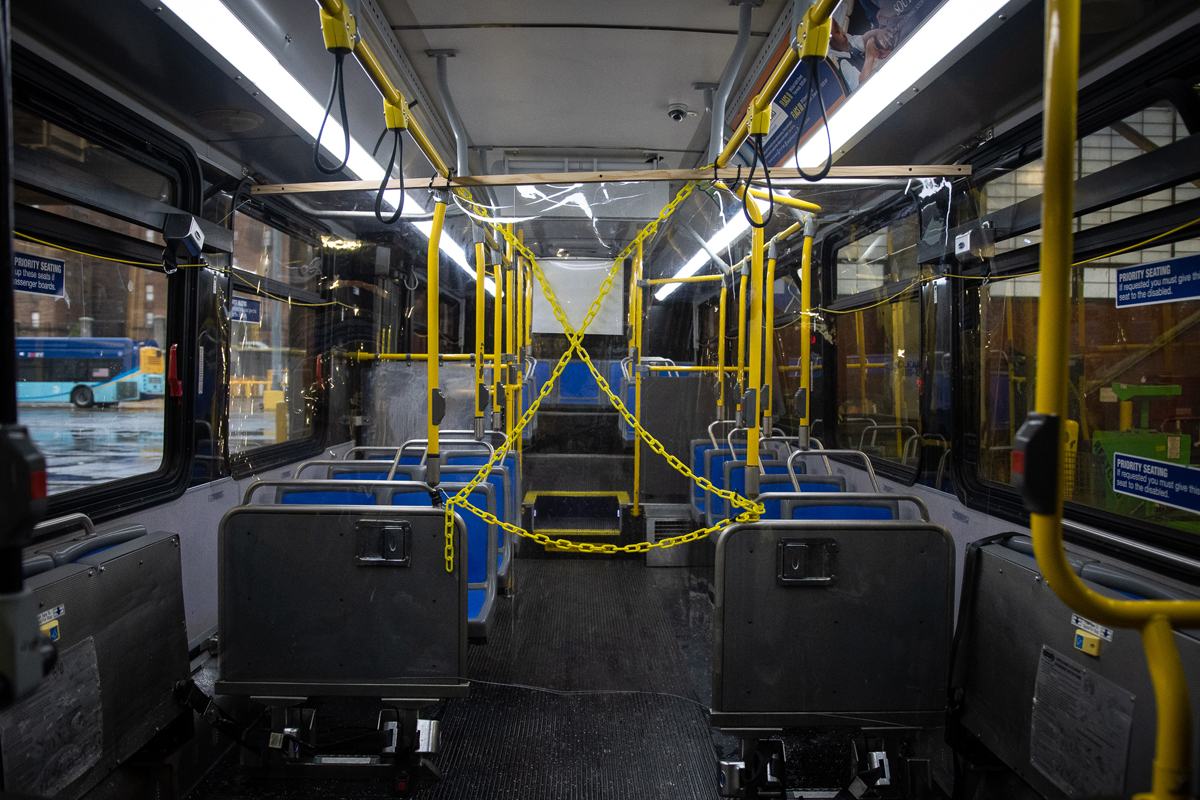
The Outbreak
In Wuhan, China, four unusual hospital cases of atypical viral pneumonia were reported to the local center for disease control on December 27, 2019. Globally, as of September 2024, COVID-19 had infected over 770 million people, resulting in more than 7 million reported deaths and lowering global life expectancy by 1.8 years.
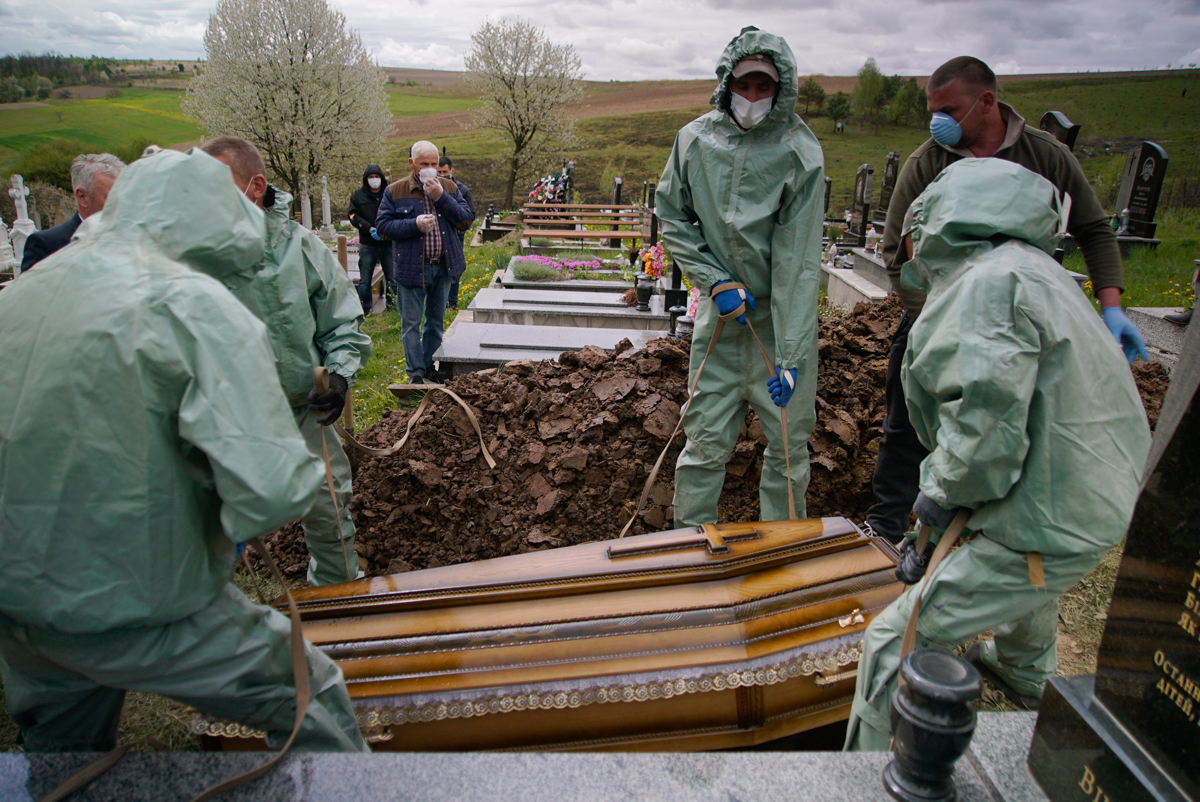
The Public Health Crisis
Public health rests on both epidemiology and emergency preparedness. In an outbreak of an infectious disease, it is the science of epidemiology that defines the who, what, why, when and where of the response, while emergency preparedness planning provides the framework for that response, along with the flexibility and scalability to meet any disaster when it occurs.
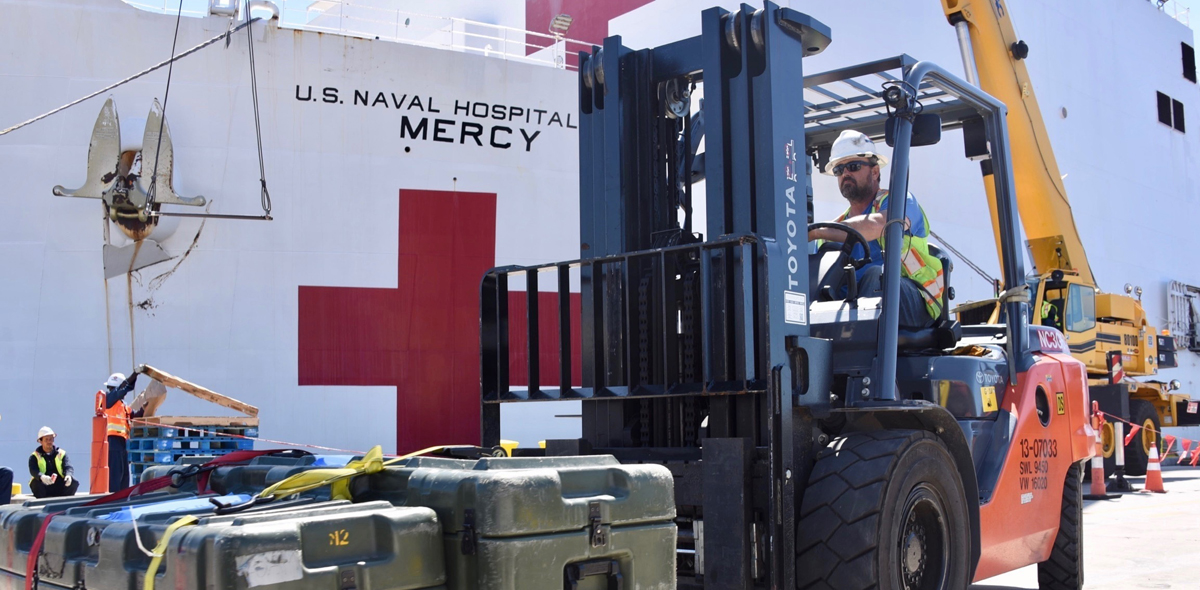
What Happened in the USA?
In 2019, the US had scored the highest on the Global Health Security Index of Pandemic Preparedness. So how could a country that outranked 194 other countries suffer the third highest age-adjusted mortality among similarly ranked countries during the COVID pandemic? And why did the US also end up with the lowest vaccination rate among comparable countries? The answers are numerous and perhaps surprising.
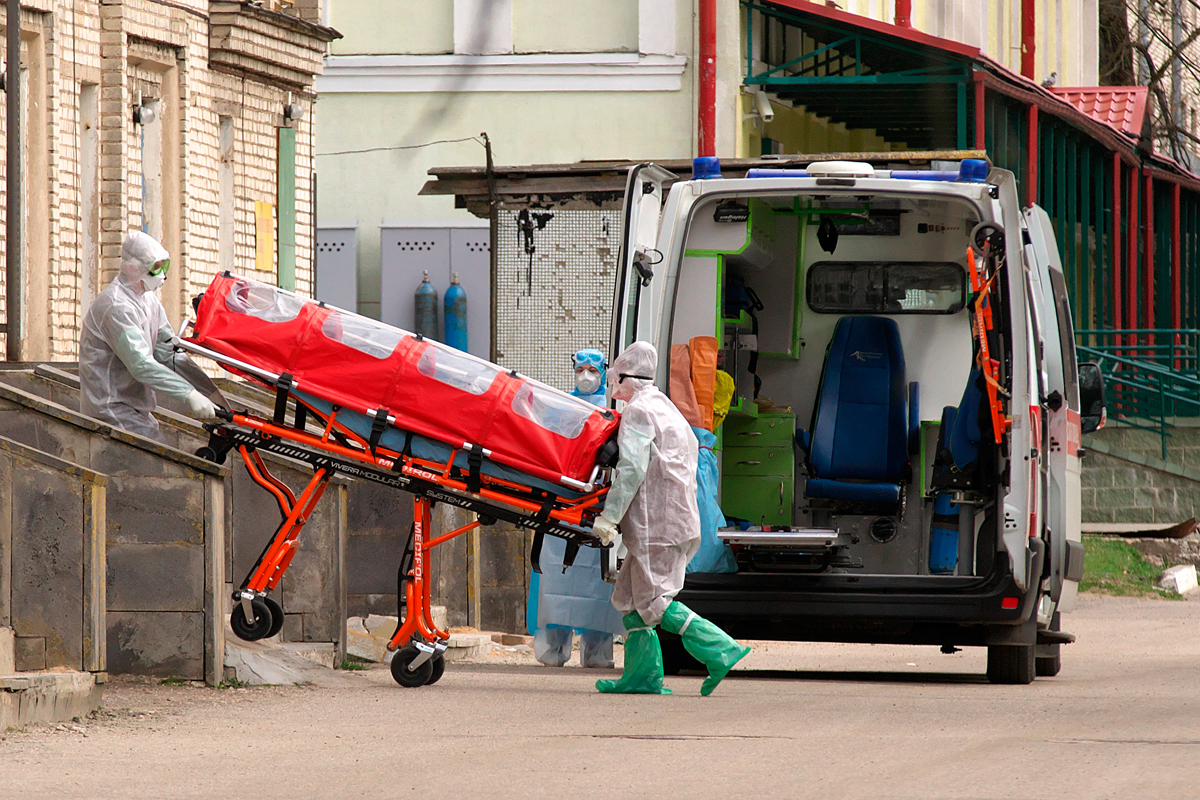
What’s Next?
We know for certain we will have another pandemic; but we don’t know when or where it will begin.
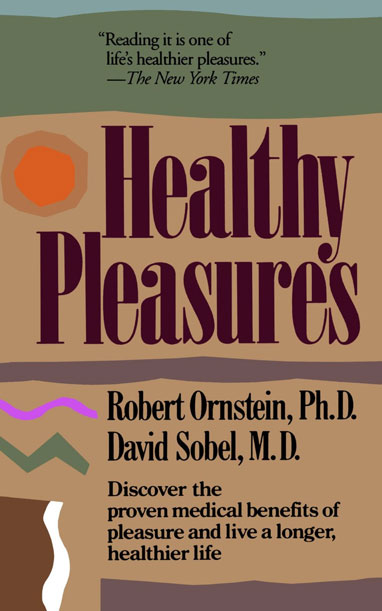
Healthy Pleasures
Robert Ornstein and David Sobel
Imagine a medical treatment that can help lower your blood pressure, decrease your risk for heart disease and cancer, boost your immune function and block pain. It’s safe, inexpensive and readily available. The main side effects include feeling good, an increased sense of well-being and greater self-confidence. Would you take it?
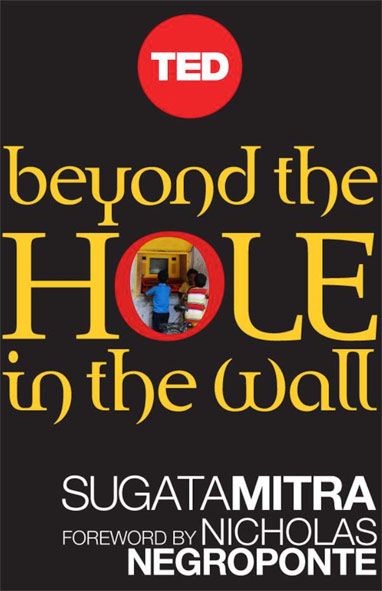
Beyond the Hole in the Wall
Discover the Power of Self-Organized Learning
Sugata Mitra
Sugata Mitra’s now famous experiments have shone light on the immense capacities that children have for learning in self-composed and self-regulated groups.

Improbable Scholars
The Rebirth of a Great American School System and a Strategy for America’s Schools
David L. Kirp
How do we determine if our schools are preparing students for a meaningful future in our society and improve the schools that are not living up to those standards? Explores the current crisis in American education and four districts that have made positive changes.
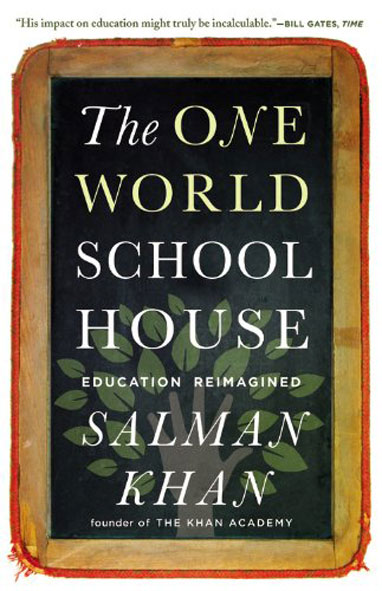
One World Schoolhouse
Education Reimagined
Salman Kahn
There may be a young girl in an African village with the potential to find a cancer cure. A fisherman’s son in New Guinea might have incredible insight into the health of the oceans. By combining the enlightened use of technology with the best teaching practices, we can foster students who are capable of self-directed learning, deep understanding of fundamentals, and creative approaches to real-world problems.
